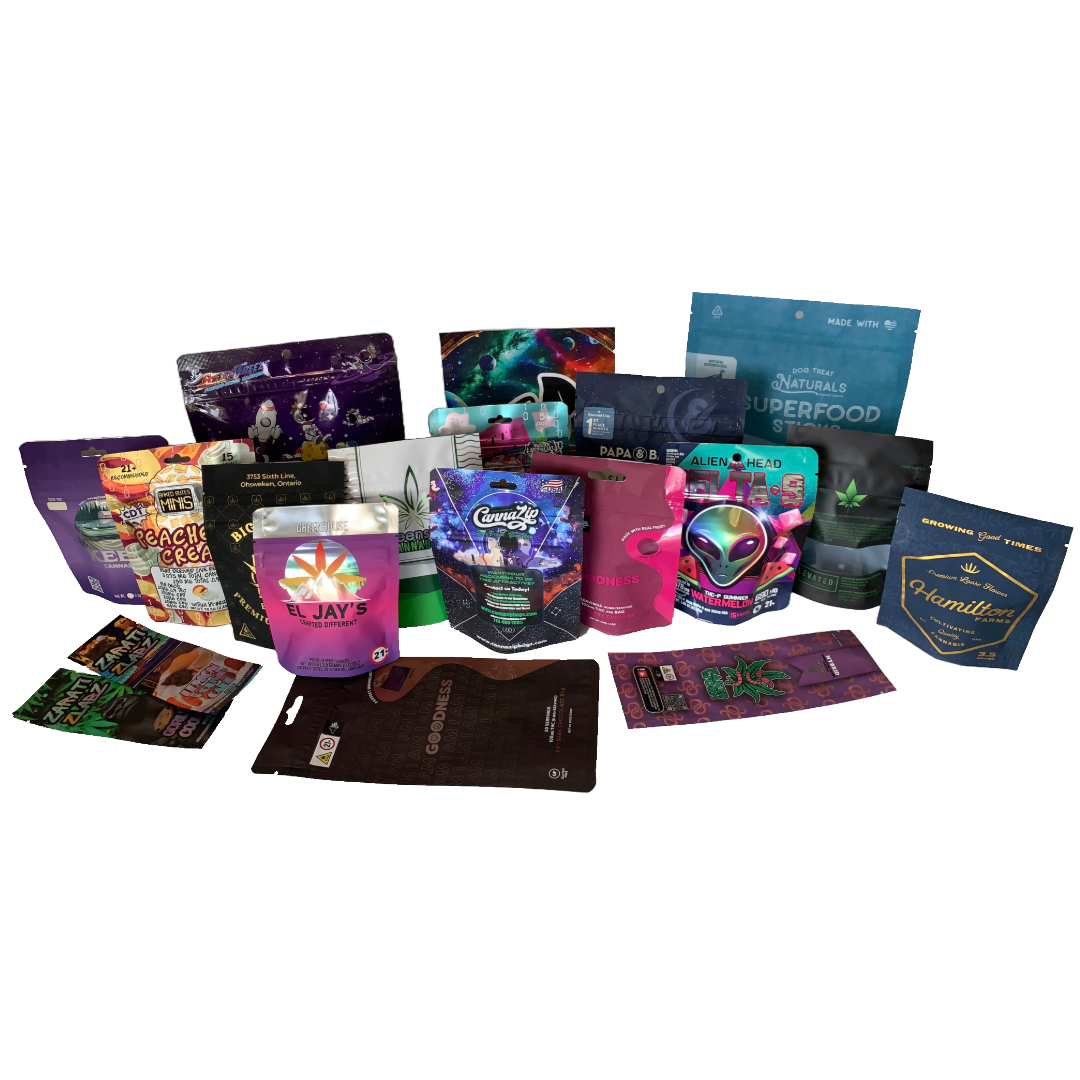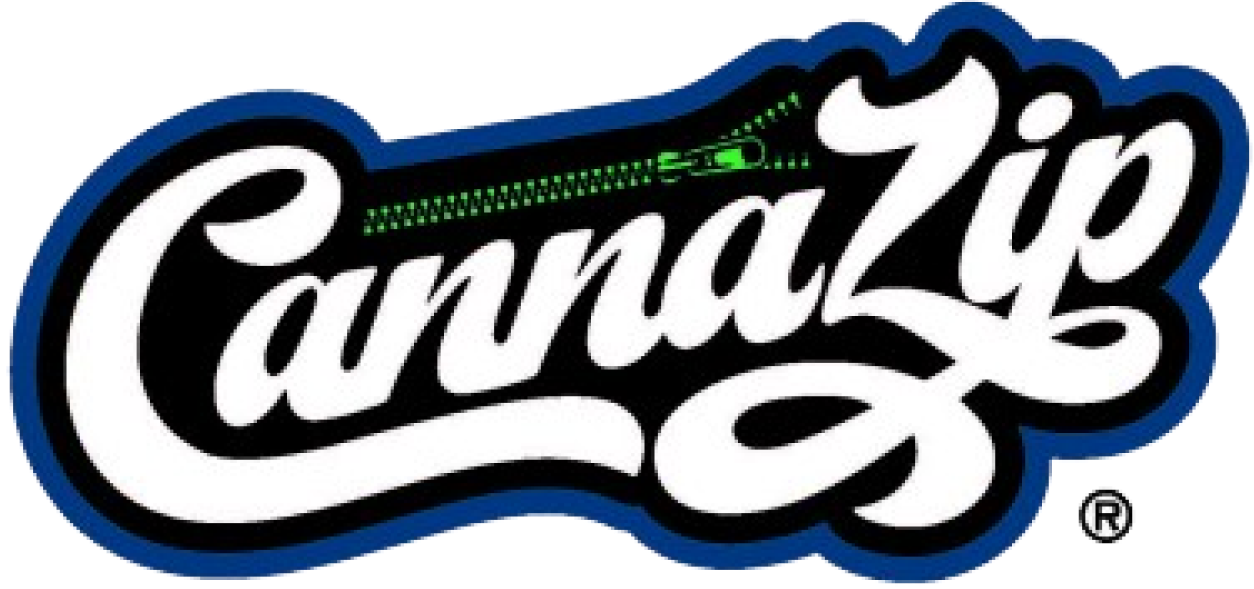The Evolution of Cannabis Packaging: From Brown Bags to Boutique Branding

As the cannabis industry continues to mature, one of the most visible transformations has occurred in a place you might not think of immediately—cannabis packaging. What once came in unmarked brown bags or generic plastic containers has now evolved into sleek, eye-catching, and often sustainable designs that speak to brand identity, compliance, and consumer expectations.
In the early days, cannabis packaging was simple and utilitarian. Dispensaries often used ziplock bags or paper sacks, prioritizing function over form. There was little thought given to branding, sustainability, or long-term storage. But as legalization spread and the market became more competitive, packaging quickly emerged as a critical element of product presentation and customer experience.
Today, cannabis brands understand that custom branded packaging does far more than just hold the product—it tells a story. With the rise of boutique branding, companies are using design, materials, and messaging to differentiate themselves on crowded dispensary shelves. Custom THC pouches with vibrant prints and matte finishes, or sleek Mylar weed bags design with holographic foil and resealable zippers, are now common. These aren’t just containers—they’re part of the brand experience.
Compliance has also driven change. With strict regulations around child resistance, dosage labeling, and tamper evidence, compliant cannabis packaging had to evolve quickly to meet safety standards while still appealing to consumers. The result? Specialized packaging suppliers like CannaZip that cater to the unique needs of cannabis brands.
One of the most exciting developments in cannabis packaging is the shift toward sustainability. As consumers grow more environmentally conscious, brands are exploring recyclable, biodegradable, and reusable options. From compostable THC pouches made with plant-based materials to recyclable Mylar weed bags, the industry is starting to embrace eco-friendly innovations. Companies are also reducing waste by using minimal packaging or offering refillable solutions.
The evolution doesn’t stop here. As technology advances, smart packaging with QR codes, (like FlexCode offered by CannaZip), humidity boosters, and even NFC tags is making its way into the market, offering greater transparency and engagement.
In short, the journey from brown bags to boutique branding reflects the cannabis industry’s overall growth—from underground to upscale, from anonymous to authentic. Cannabis packaging has become a vital part of the consumer experience, blending design, function, compliance, and sustainability in every pouch, jar, and bag.












